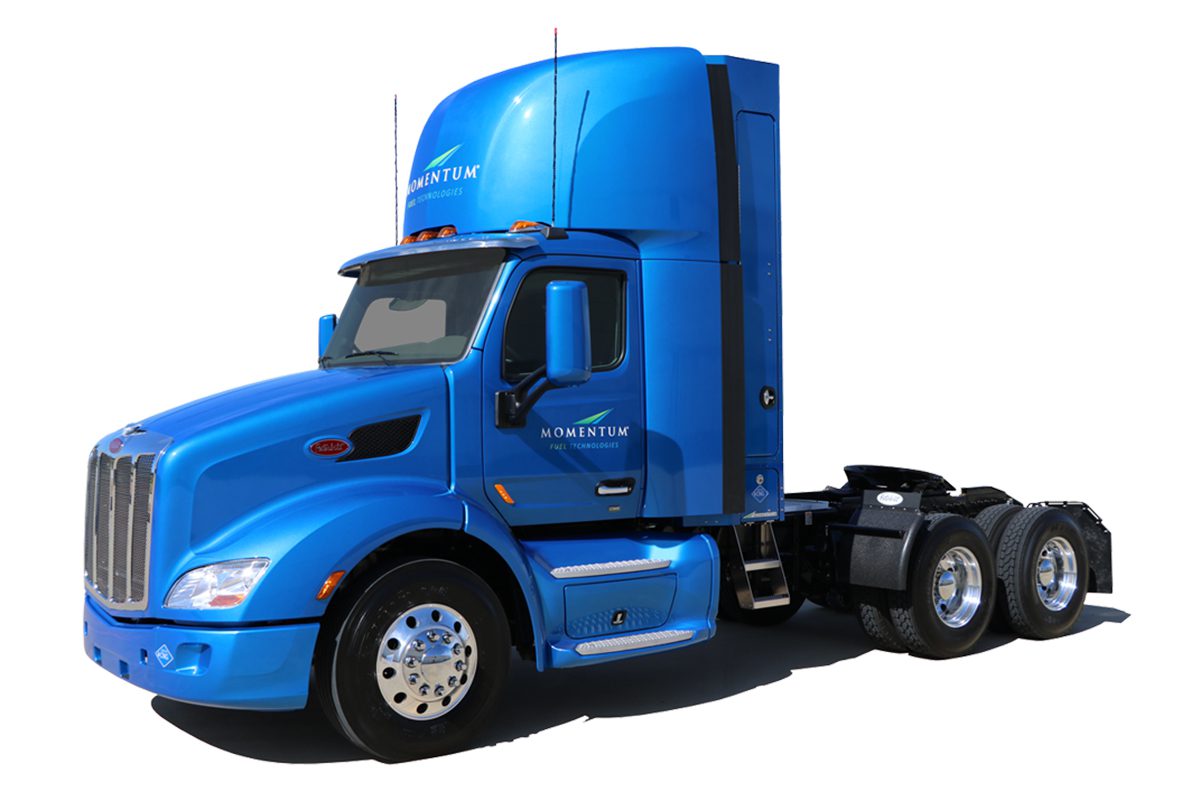The recently approved Senate Bipartisan Infrastructure Investment and Jobs Act of 2021 includes multiple opportunities to improve not just the health of our planet, but of its people. The Senate bill rightfully recognizes that natural gas vehicles (NGVs) can and should play an important role in combatting climate change.
Reducing carbon, slashing emissions of nitrogen oxides, and eliminating emissions of diesel particulate matter that contribute to a host of public health problems like asthma, lung cancer, and heart disease can be achieved affordably through the expanded use of renewable natural gas (RNG). Through the investment in commercially available NGVs fueled by RNG, fleets can benefit from cost-effective and immediate climate positive change.
RNG, or biomethane, is collected at landfills, wastewater treatment plants, commercial food waste facilities, and agricultural digesters. Recovering this methane addresses some very real climate change concerns by capturing this waste liability, turning it into a green energy asset, and then using it to displace diesel, thereby cleaning up and decarbonizing heavy-duty transportation sectors, which are the dirtiest and hardest to abate.
Currently, RNG is becoming a preferred fuel for natural gas vehicles, and its adoption is rapidly transforming heavy-duty transportation. Last year, RNG displaced conventional natural gas derived from fossil sources as the dominant on-road NGV fuel source nationwide. And with the NGV industry’s ambitious goal of 80% of all natural gas on-road motor fuel in the U.S. be derived from renewable sources by 2030 and 100% by 2050, more fleets need to understand RNG’s benefits.
In California’s Low Carbon Fuel Standard Program, 92% of NGV motor fuel already comes from renewable sources.Moreover, that renewable fuel is enabling public and private fleets of all sizes to achieve carbon neutrality — even negativity — today. Certified by the California Air Resources Board (CARB), California fleets that fueled with bio-CNG in 2020 achieved carbon negativity for the year, with an annual average carbon intensity score of -5.845 gCO2e/MJ. Latest data puts the carbon intensity of the bio-CNG mix in California’s system today at -16.57 gCO2e/MJ (Q1, 2021). Some renewable dairy gas facilities in the state are even clocking in with individual carbon intensities as low as -600 gCO2e/MJ.
And more and more RNG comes to market every year. There are currently 190 RNG production facilities in operation in North America, with an additional 232 facilities under construction or under substantial development.
Expanding RNG motor fuel use meets the aggressive climate solution response sought by the United Nations’ Intergovernmental Panel on Climate Change (IPCC) in its recently released Sixth Assessment Report, Climate Change 2021: The Physical Science Basis which calls for new focus on “short-lived air pollutants” like recoverable methane emissions by capturing them at their source and repurposing them for good.
With an established path to transition to 100% carbon-free natural gas biofuel in our nationwide refueling system, the natural gas in transportation industry offers the most affordable, scalable, and immediate solution to eliminate criteria pollutants that harm public health and drastically lower the carbon footprint of heavy-duty commercial fleets:
- The nation’s natural gas refueling infrastructure is already expansive and highly resilient to storms and other interruptions, with a mature network of fueling points, servicers, and suppliers coast to coast.
- Vehicles fueled by natural gas are far less costly than other alternative fuel options, allowing for the deployment of more clean heavy-duty trucks and buses sooner to impact frontline communities faster, thereby compounding emissions reductions benefits more quickly year after year.
- NGV technology is proven, American-made, commercially available, scalable, currently available, and on our roadways today.
Combatting climate change requires reducing all emissions. RNG deployment reduces the number one source of GHG emissions — the transportation sector — while also removing emissions from agriculture. Since fleet needs are not all the same, differing clean powertrains are required for differing real-world applications.
A successful green transportation strategy is one that all of America can buy into and from which every American in every community — large or small, urban, or rural — can benefit. Advancing the Bipartisan Infrastructure Framework into law is an inclusive next step.


